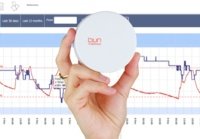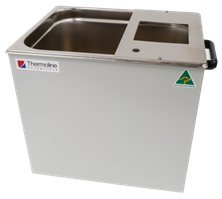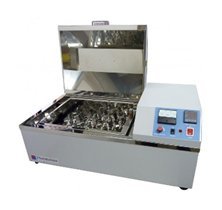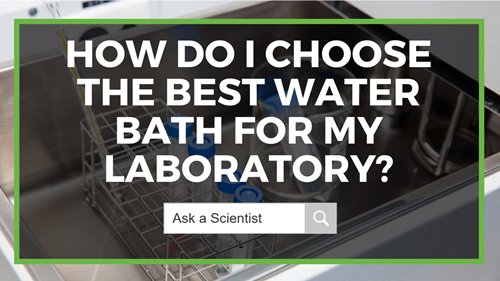Evaluating Laboratory Water Baths - Including a Bonus Application
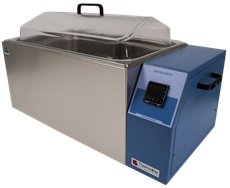
Water baths are an essential piece of equipment for most laboratories. Our scientists check out the latest types of water baths on offer at Instrument Choice, along with some examples of use.
Spoiler Alert: One use of Lab Water Baths will surprise you!
Types of Water Baths
A water bath is a key piece of laboratory gear. In essence, they are temperature-controlled water containers with a temperature control interface. The three main groups of water baths are:
1. Circulating Water Baths
Circulating Water Baths employ an in-built mechanism to circulate water throughout the bath to ensure a homogenous temperature at all times.
2. Non-Circulating Water Baths
Non-circulating Water Baths rely on convection to disperse heat. Therefore, the temperature is generally less controllable.
3. Shaking Water Baths
Shaking baths are the ‘rock and roll’ of water baths! They both heat and either shake or vibrate samples to mix them at a constant temperature.
Uses for Lab Water Baths
Water baths are often used in laboratories for the following applications:
- Cell culture incubation and maintaining cell lines
- Warming of chemical reagents
- Triggering and controlling chemical reactions
- Improving the solubility of poorly soluble substances
- Liquefying substances; and
- Controlled heating of flammable chemicals that could easily combust if exposed to a naked flame.
Bonus Application: A Culinary Use for Lab Water Baths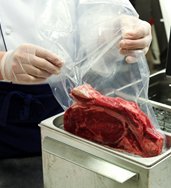
Water Baths are hardly groundbreaking technology - yet increasingly, our scientists get inquiries from chefs (and some scientists) keen to use Lab Water Baths in a surprising way. If you ever wondered how big commercial kitchens present perfectly cooked steaks so quickly under extreme time pressure, then here’s a tip – it’s sous vide cooking! “Sous vide” is French for “under vacuum”. It’s a process of vacuum-sealing food, then cooking at a precise, constant temperature using a water bath. This method is suitable for almost any type of food, including meats, seafood, and vegetables. The benefits of this technique are significant: 1. A water bath's strict temperature control ensures consistent quality - rather than choosing to cook on a pan or hotplate where temperature control is near impossible. 2. Food sealed within the bag cooks in its juices, sealing in flavour and preventing volume loss and spoiling due to drying. 3. Set and forget - it’s virtually impossible to overcook foods using this method, which frees key staff for other tasks. |
Examples of Laboratory Water Baths
Water Bath (48 Litre). No Lid. Requires Heater Circulator
|
Water Bath (12L). Digital Control, No Circulation, No Lid
|
Digital Shaking Water Bath - Shaking Tray For Flask Holders
|
The Final Word
Water baths are versatile devices suitable for various precision sample warming applications within laboratories and, increasingly, kitchens!
For more information on Laboratory Water Baths – even cooking tips – consult an Instrument Choice Scientist: Call 1300 737 871 or email [email protected].
Also interesting
When you think of Davis Weather Instruments, the first thing that comes to mind is durability. This article puts the Davis Vantage Vue through its paces, explaining the features and functions that make this weather station so tough.
How tough the Davis Vantage Vue weather station? Find out here.
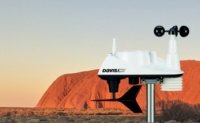
The Instrument Choice Team of Scientists regularly reviews new and popular products, so when searching for the perfect scientific instrument for your application, you can make more informed decisions.
This edition reviews the bun Thermo WIFI Temperature Sensor, an entirely wireless temperature recorder with alarm functionality.
Get our scientists’ review of the bun Thermo WIFI Temperature Sensor
